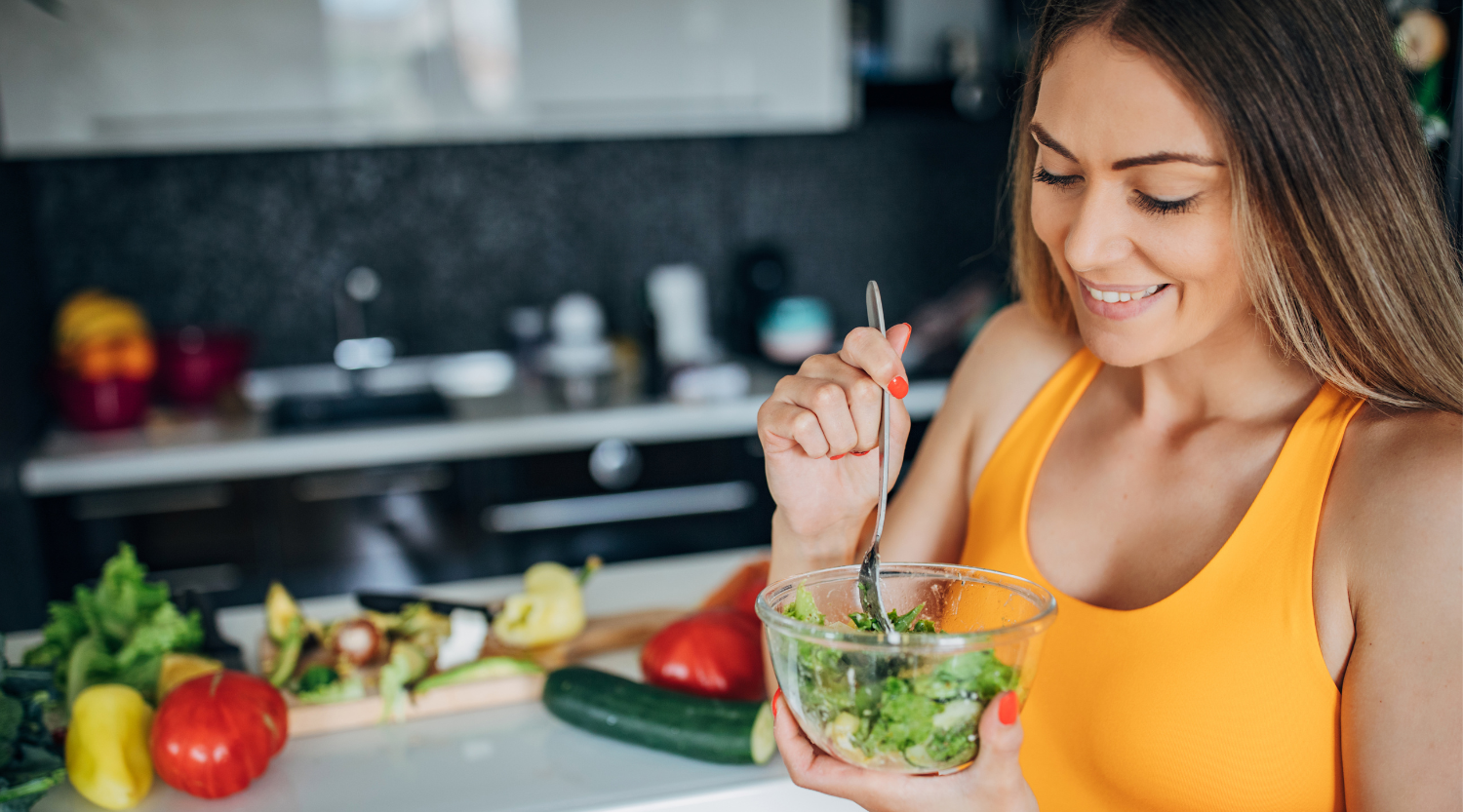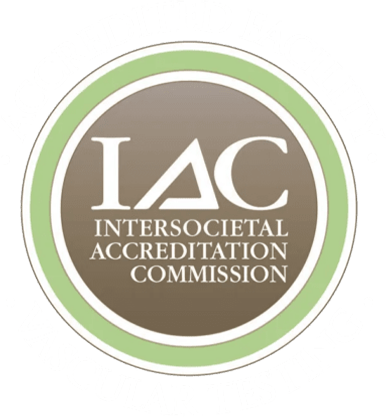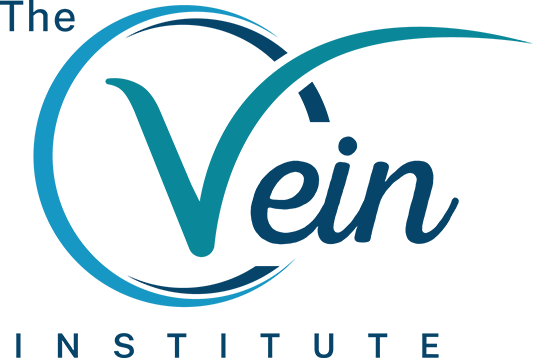
What’s on your menu? If you aim to prevent or combat the telltale signs of spider and varicose veins, The Vein Institute of Jacksonville has a few diet and nutrition recommendations. Foods containing vitamins C, E, B6, and B12, or copper, fiber, and bioflavonoids, help keep the vein walls strong and blood pumping efficiently.
Foods That Fight Varicose Veins
Vitamin C helps the body make the connective tissues collagen and elastin, which the body uses to repair and maintain veins, keeping them flexible and strong. Top sources of vitamin C are oranges, guava, kiwi, sweet red and green peppers, grapefruit and vegetable juice, strawberries, cantaloupe, and Brussels sprouts.
Vitamin E keeps platelets from sticking together and adhering to the sides of blood vessel walls. This prevents blood from clotting. Load vitamin E by adding wheat germ, corn, nuts, seeds, olives, asparagus, spinach, or other green leafy vegetables.
Vitamins B6 and B12 help clear the blood of homocysteine, which has been linked to recurring blood clots. B6 sources primarily are meats, poultry, and fish, including tuna, calf liver, beef, chicken, turkey, venison, cod, and halibut. You’ll also find it in potatoes and sunflower seeds. B12-rich foods are mostly meat, fish, and dairy products. The top choices are clams, oysters, crabs, salmon, rainbow trout, herring, beef, chicken, turkey, and fortified cereals.
Copper is essential in building, repairing, and maintaining endothelial cells, the smooth protective cells that line the insides of blood vessels. It helps the body knit together collagen and elastin and is believed to help protect blood vessels against microscopic tears and rough spots that can lead to blood clots and plaque-filled veins. You’ll get plenty of copper by enjoying shellfish, lean red meat, calf liver, sesame seeds, cashews, sunflower seeds, barley, tempeh, soybeans, garbanzo beans, lentils, and lima beans.
Bioflavonoids are the chemical compounds in deep-colored berries like blueberries, blackberries, and cherries. They can help keep capillaries from breaking down and forming spider veins.
Fiber will help you avoid the painful and embarrassing constipation that creates pressure in your abdomen, which reduces blood flow back from your legs, weakening vein walls over time. Fiber-rich foods include beans, whole grains, brown rice, popcorn, nuts, baked potatoes (leave the skin on), bran cereal, oatmeal, berries, and crisp vegetables.
Of course, a great diet isn’t an end-all for spider and varicose veins. For treatment options, visit the The Vein Institute of Jacksonville.
Frequently Asked Questions

IAC Accredited Vascular Testing
We are proud to be distinguished as an IAC Accredited Vascular Testing Facility. The Vein Institute adheres to the strictest national guidelines for vascular testing, demonstrating a commitment to the highest quality patient care.
Known as CVI, chronic venous insufficiency, is a medical condition in which the veins are unable to pump enough oxygen-poor blood back to the heart. It’s caused by damaged blood valves and often occurs after deep vein thrombosis or phlebitis. While women make up the majority of CVI sufferers, it’s also common among men who […]
Education is key to maintaining lifelong vascular health at The Vein Institute of Jacksonville. One of the most common questions we hear from patients is whether genetics can predict their risk for developing Chronic Venous Insufficiency (CVI). Let’s explore the connection between family history, vein disease, and the steps to stay ahead of symptoms. What […]
Chronic venous insufficiency is a condition that affects millions of people around the world, and yet it often goes unrecognized. In this article, we’ll discuss what chronic venous insufficiency is, what its symptoms are, and why it’s important to seek medical help if you think you may be suffering from it. Let’s get started! Introduction […]




